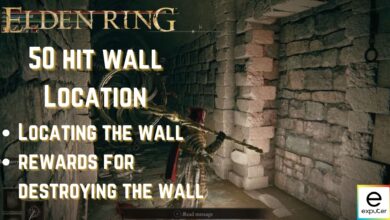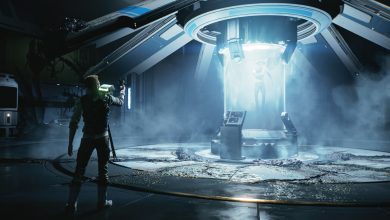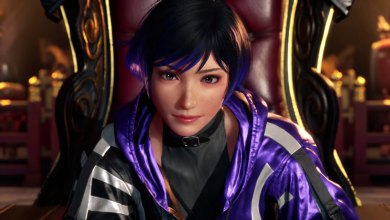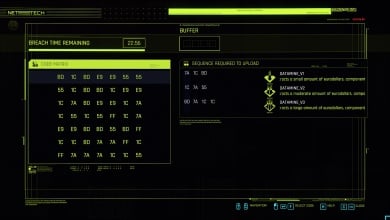This DioField Chronicle Review covers one of the latest additions to the increasingly popular genre of ‘Fictional Countries In A Fantasy World Fighting for Dominance.’ And if that definition brings up a number of franchises to mind, rest assured that you’re not alone.
It is evident from the very first glance that this title is inspired by a number of extremely popular games of the past. And when I say this, I mean this in terms of both the narrative and the gameplay. Think Final Fantasy Tactics, Valkyria Chronicles, and even the record-shattering series that is Fire Emblem.
But while it borrows from a lot of these, the end product is fairly different, and I’m not sure that it will appeal to everyone. So with this review, we intend to give you a better idea of what this game is and help you decide if you should invest time and money into a full-priced $60 title.
- Developer: Lancarse
- Publisher: Square Enix
- Release Date: September 20, 2022
- Platforms: Nintendo Switch, Xbox, Playstation and PC
- Predecessor: None
Story And Setting
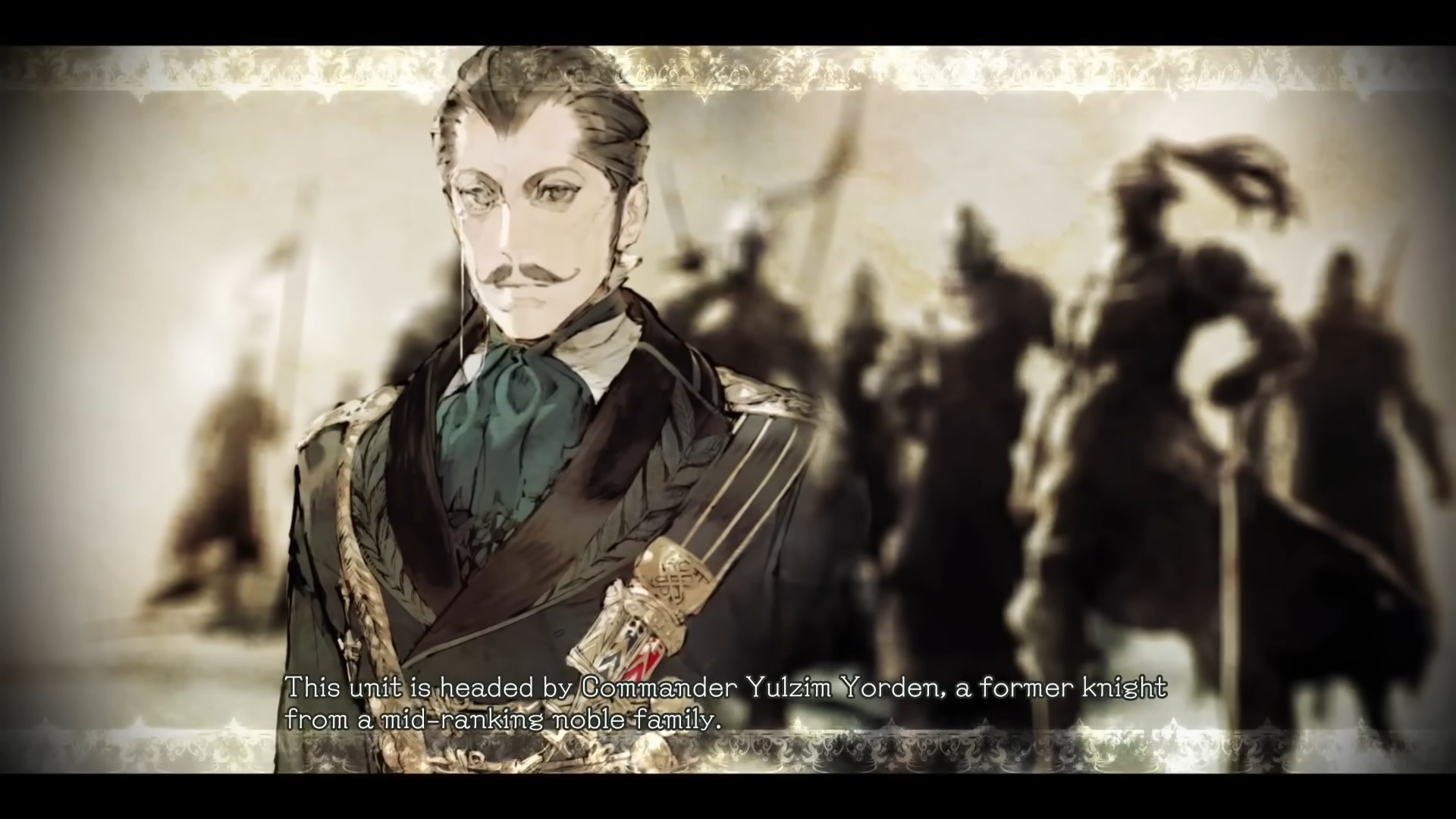
As with all games in this vein, the story begins in a fantasy continent that is consumed by war. The land of DioField sits within the Kingdom of Alletain, which is eventually caught in the crossfire of the conflict between two opposing forces, the Trovelt Schoevian Empire and the Rowetale Alliance. So right off the bat, we have a small isolated nation that is under pressure from larger forces, and you have your underdog.
Even if this was a premise that hadn’t already been beaten to death by JRPGs a thousand times before it, I just got done with a playthrough of Final Fantasy XII, and this is almost beat for beat what happens in that game. I apologize if this comes across as dismissive to some readers, but I simply cannot bring myself to find this interesting, especially when everything is so unoriginal.
And in this world, we meet the Blue Foxes, a group of mercenaries that are the central protagonists of the whole journey and are fighting to save Alletain from destruction. I get the story is trying to make us understand the impact of the war by making us the boots on the ground in the whole conflict, but that would work if those boots actually behaved like people.
There are four heads of the Blue Fox mercenary group to start with but over time newer characters are introduced, and each of them is blander than the last. Not only are none of them interesting people, but playing through the game you would think that none of them actually understand how to act like real people. They stand around inexpressively, talking with monotone voices and delivering sentences in an extremely slow and drawn-out manner, with the occasional uncomfortable burst of anger or another random emotion. If you’ve played games like this before, then you know exactly how it goes.
They all have their little quirks and personalities to be sure, but fundamentally they are shallow husks of better-written and better-acted characters from other titles. They are literally walking and talking tropes. And the plot goes to great effort to tell you about who these people are and how they fit into the world, but at no point does it make them relatable or likable. It throws information and character growth at you, sometimes completely out of left field.
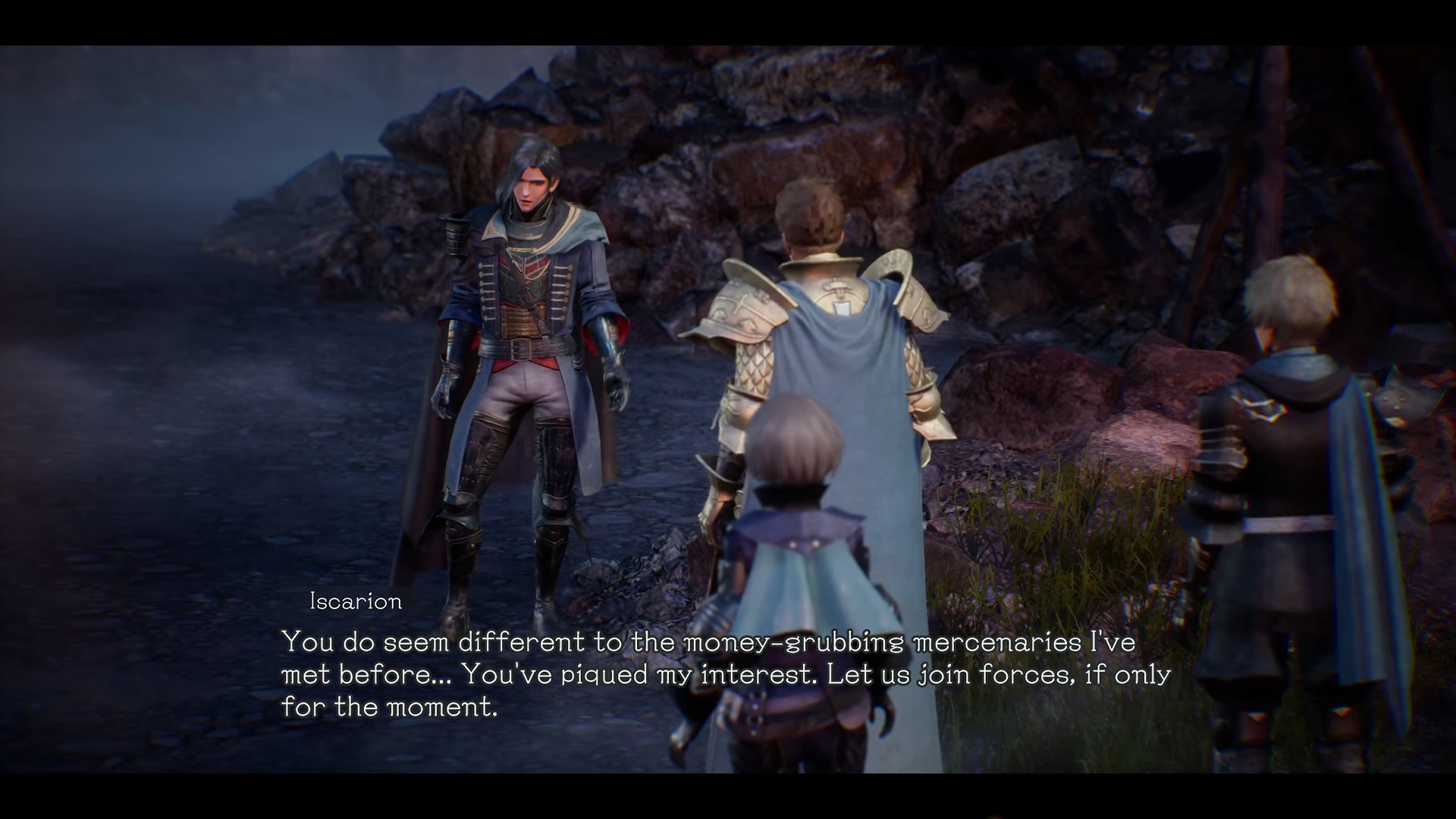
The ‘Show, Don’t Tell’ method is so effective because it lets you bridge gaps in the narrative and connect the dots by yourself in a satisfying way. The DioField Chronicle doesn’t use that, and instead, it opts to utilize a little technique where it simply chucks plot points at your head like a brick tossed from a moving car, and expects you to pick that brick up and bring it along with you for the rest of the journey. I disliked the Blue Foxes, and seeing the world from their perspective made the already cliched story even more unbearable.
When I play video games, the story is what matters the most to me out of anything. Good gameplay only takes you so far if the characters themselves aren’t interesting or likable. And maybe you have a much higher tolerance for this type of storytelling than I do, but after decades of experiencing some of the absolute best that JRPGs have to offer stuff like this tends to get on your nerves. Old tropes tend to stick out like a sore thumb, and patterns are hard to ignore. But at the end of the day, this is still my opinion, and you may feel much different than I do.
Gameplay
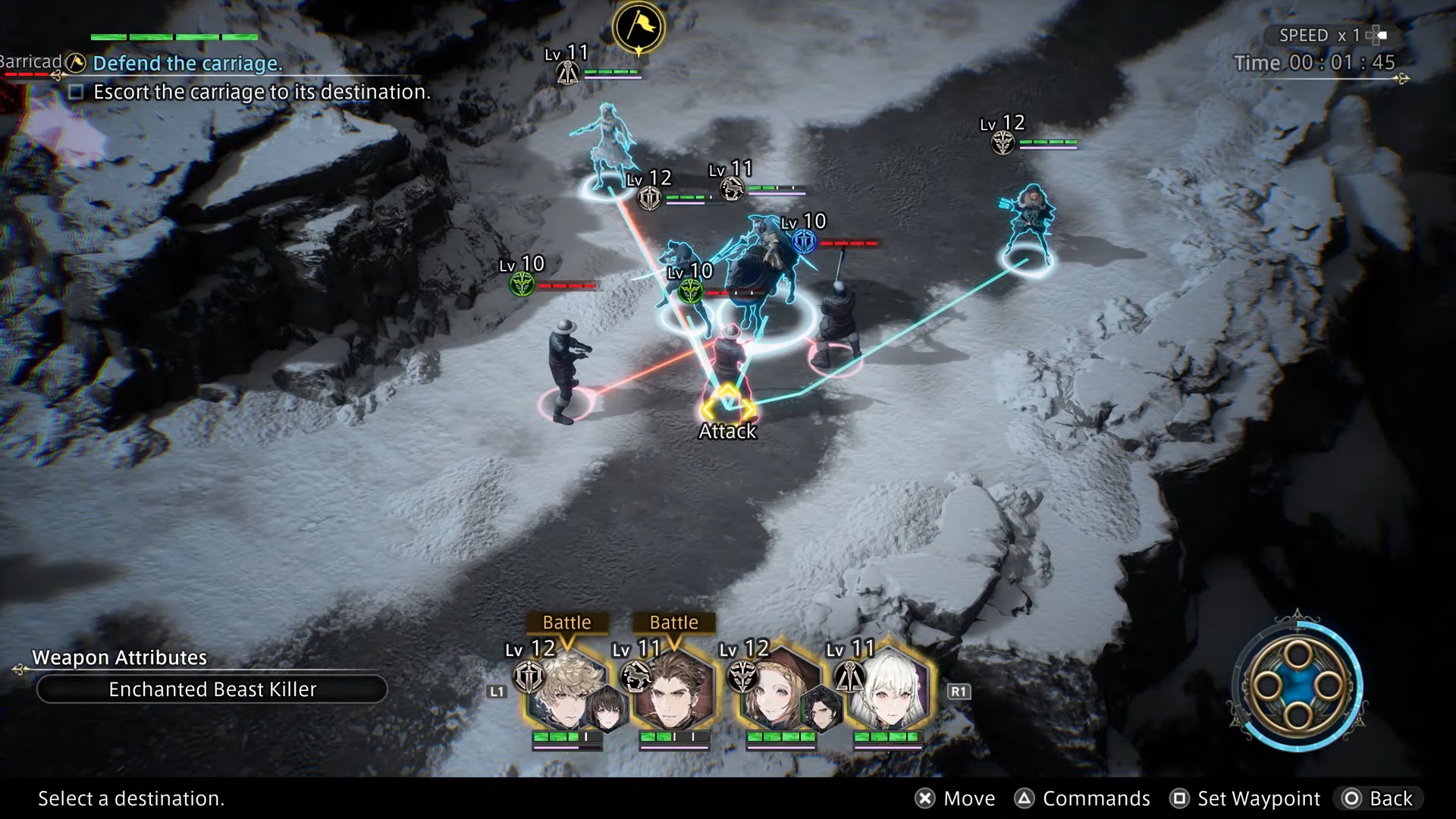
Not everything about the gameplay is perfect, but it is by far the best part of the game. It is also The DioField Chronicle’s biggest saving grace.
Combat is a mix of real-time strategy, mixed with a pause system that allows you to plan your moves ahead of time and give specific commands to your units. You can move them around a battlefield, make them utilize a number of different tactics, and even unleash special skills that have their own areas of effect and range. Positioning is key in this game, and learning where your melee and ranged fighters should be standing when a battle starts is key to winning.
Whenever you deploy for a skirmish, you choose 4 different characters to bring with you into battle, so it usually helps to balance your party out with different roles. Each of these have their own set of abilities, whose usage is limited by cooldown timers and a resource known as EP. These can be used on top of your regular automatic attacks to give encounters a much-needed diversity, as well as provide you with unique and flashy ways to deal with your foes. There’s a power level associated with each skill, and the stronger it is the more EP you require to use it.
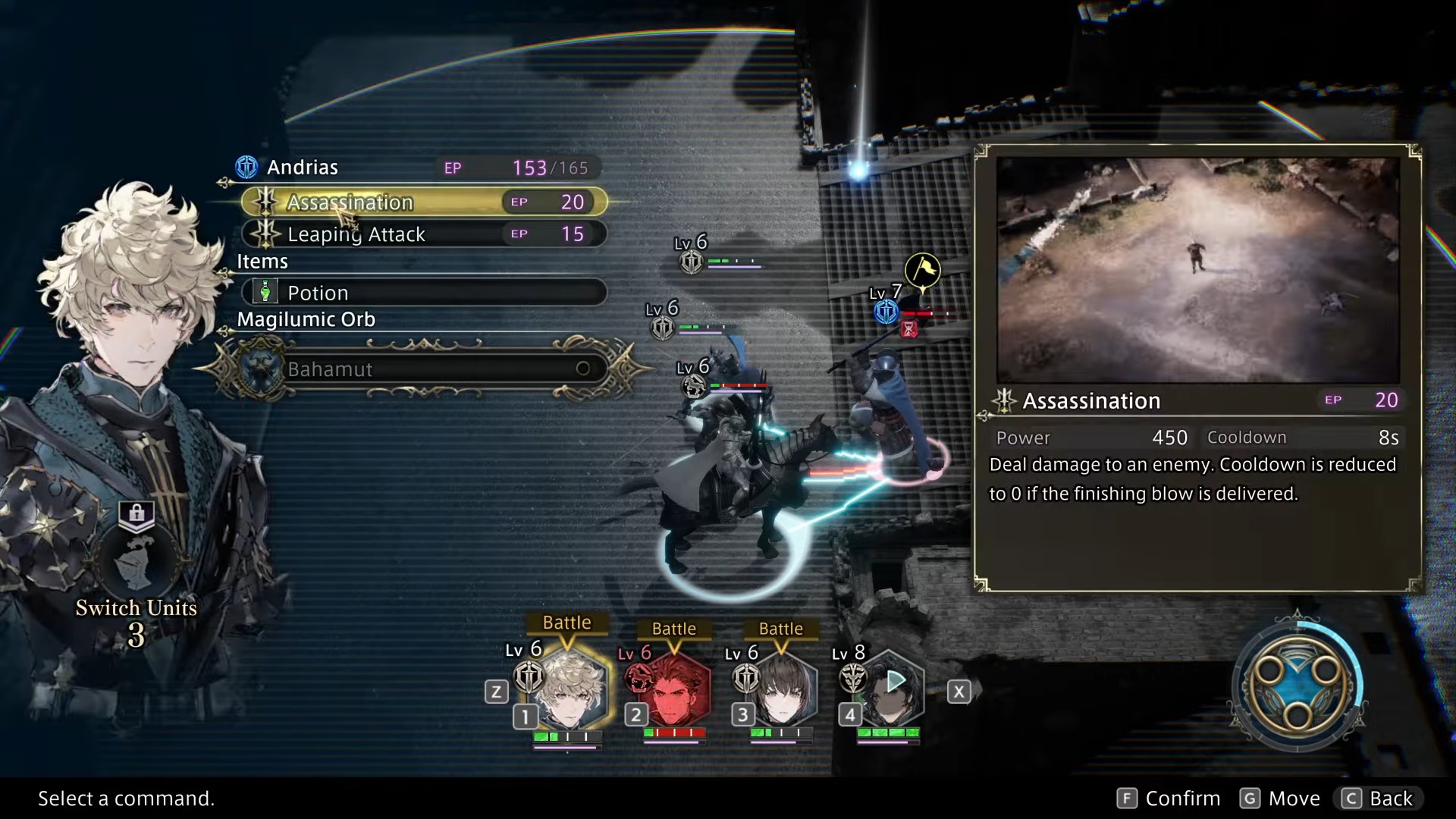
And all of this happens, again in real-time, while your enemies can also make use of the same tactics that you can. They have their own units and abilities that they can use to throw a wrench in your plans. And although combat does use a system to determine what type of unit is effective or weak against others, at the end of the day it’s not nearly as deep as something from say, Fire Emblem. 90% of the time you can overwhelm foes with the sheer force of numbers since you can spam powerful abilities at the exact same time.
The game also understands this problem to a degree, and there isn’t a whole lot of enemy variety on display either. So instead of unique challenges or units, it makes use of overwhelming numbers to make you sweat. This is fine for most of the game but by the last third of the experience, you really start to feel the repetitiveness.
To enhance combat further, you also have a number of other systems and mechanics available that spice up the basic formula. There is a summon system that allows you to call forth mystical beasts that can deal damage, heal your party and even provide temporary buffs. Weapons can be bought or acquired that improve your attack stats and also confer abilities like the ones mentioned above. And there’s even a skill tree for each character that can unlock newer skills or upgrade currently existing ones.
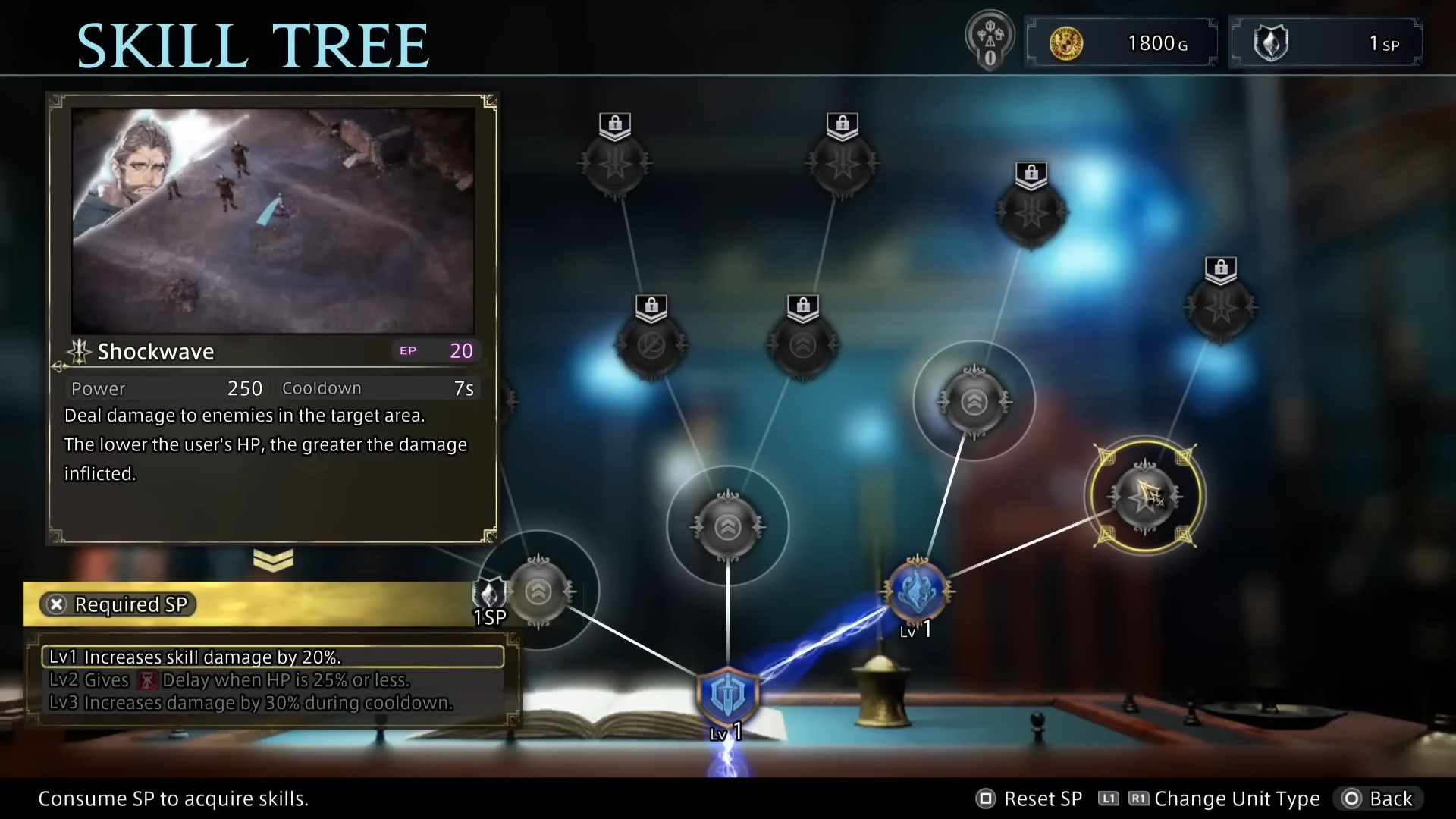
All of this comes together to create a fun, and often times really flashy combat system that is really fun to experiment with. Combine this with the wide variety of mission types that you can go on, and you have yourself a gameplay loop that can keep you occupied for hours upon end. The point where it starts to get a bit old will vary from player to player, but I’m glad to report that for the most part, everything here is really solid.
Visuals And Performance
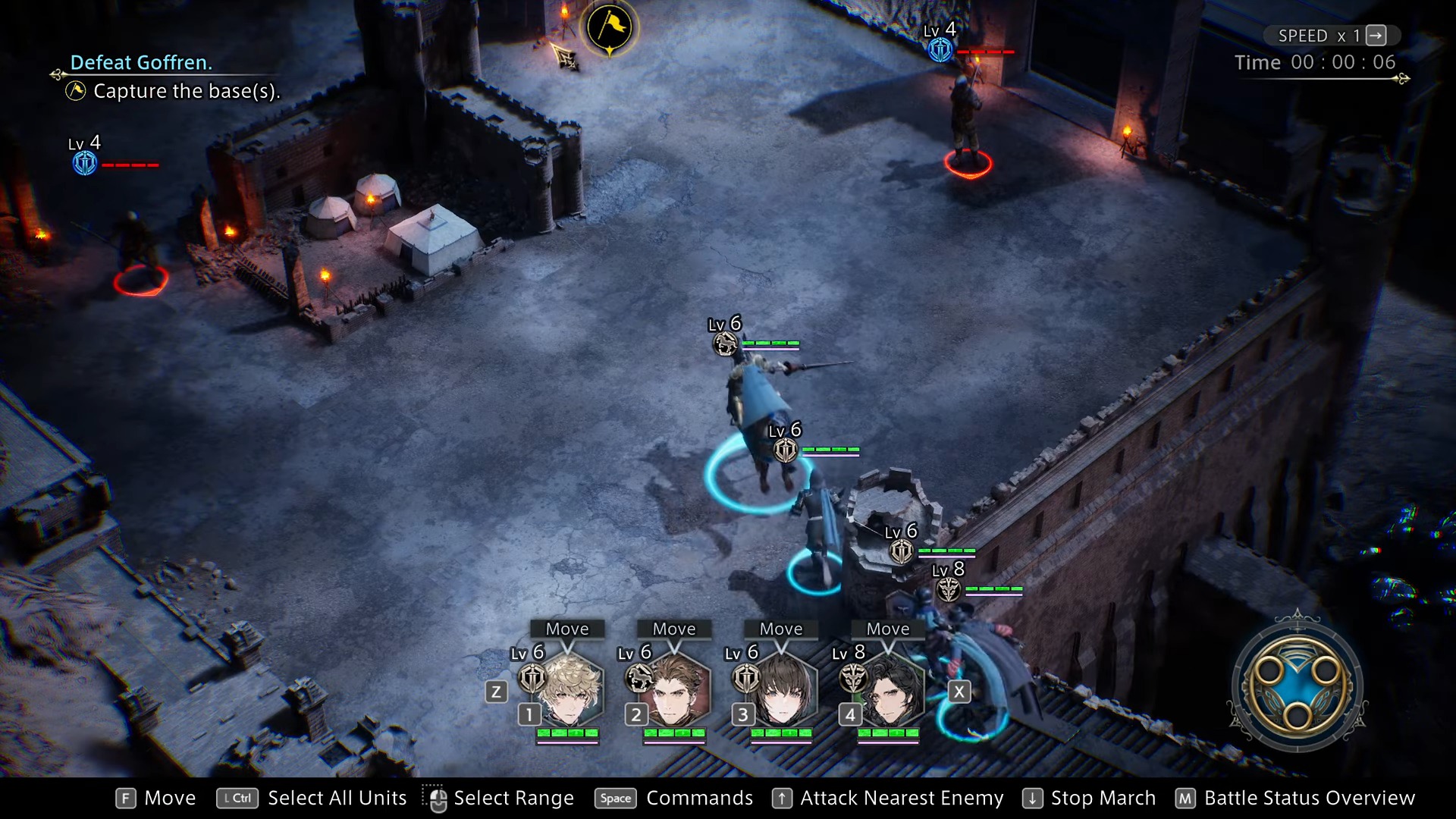
Visuals in The DioField Chronicle are sort of a mixed bag.
On one hand, we have the battlegrounds themselves, which if you don’t know take the appearance of stunning dioramas where you get to view everything from the top down. Landscapes, foliage, buildings, and other types of infrastructure have this unique look to them like they are models in an art project. When moving through them, it feels as though you are a general overlooking a mock war simulation. It’s one of the most unique artistic choices I’ve seen in a while.
But on the other hand, everything else feels a little off. The graphics are of relatively high fidelity, don’t misunderstand me, but there seems to be a surprising lack of detail everywhere. During cutscenes, characters are really stiff in their movements and the models themselves are lacking in detail. There are no noticeable facial features that distinguish them from one another, and they all look like wax models pretending to be humans. This is in severe contrast to their character portraits, which are absolutely oozing with style. This really doesn’t help with the narrative either, as you can never pick up on emotions or gestures.
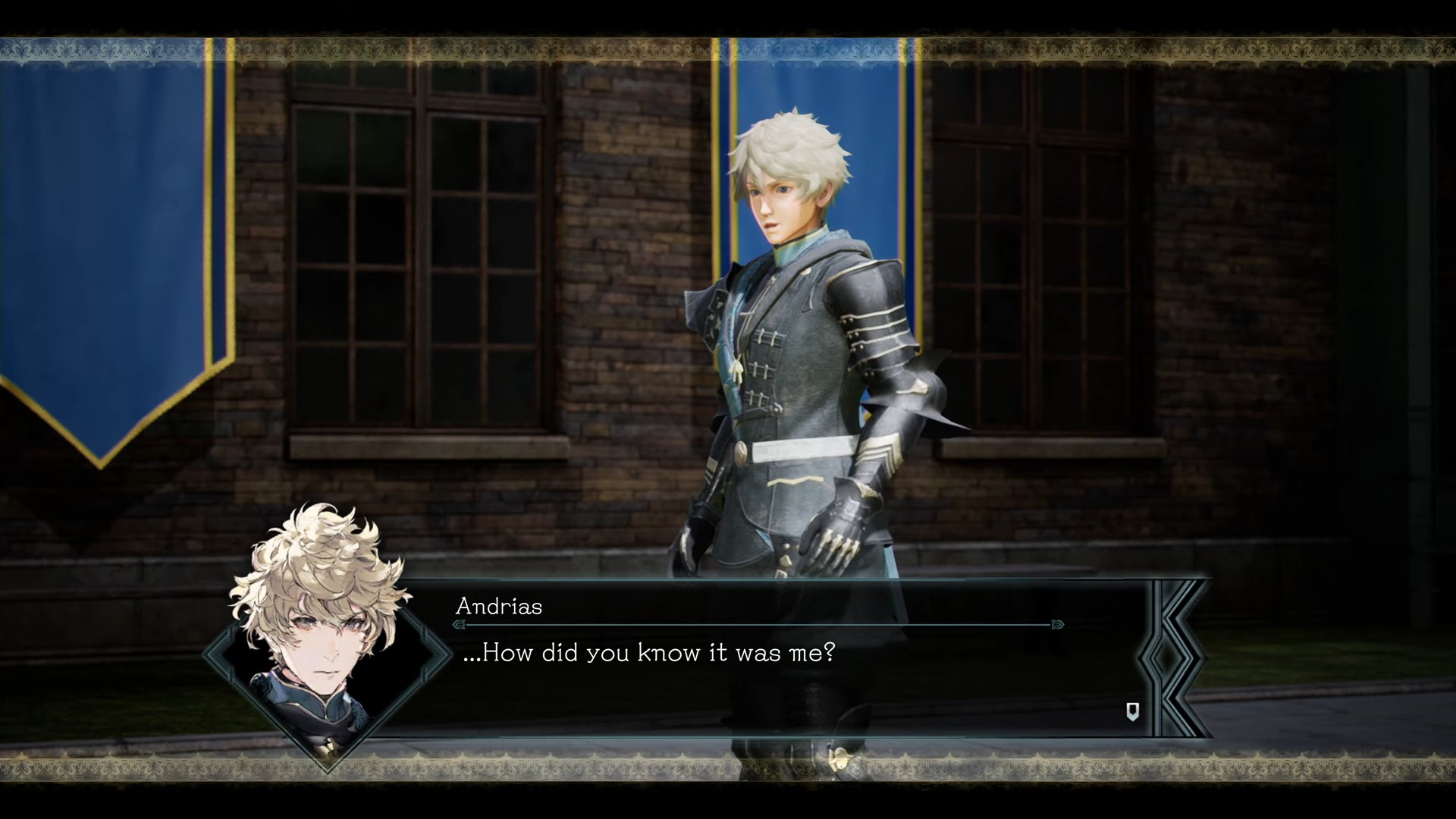
While exploring the base of the Blue Foxes in third-person between battles, you also get a clear picture of how dead everything looks inside. The grass, the stone, the armor, everything is simply really barebones. The halls of the headquarters have the bare minimum amount of furniture, and NPCs don’t really walk around or interact with anything. It doesn’t look like a place where actual people live or train.
In terms of the actual performance, the game runs fairly well. I had no problems during my 50+ hours with the game, and I cannot recall ever noticing any sort of framerate dips, bugs, or crashes. It’s a fairly polished title, so take that for what it is.
Verdict
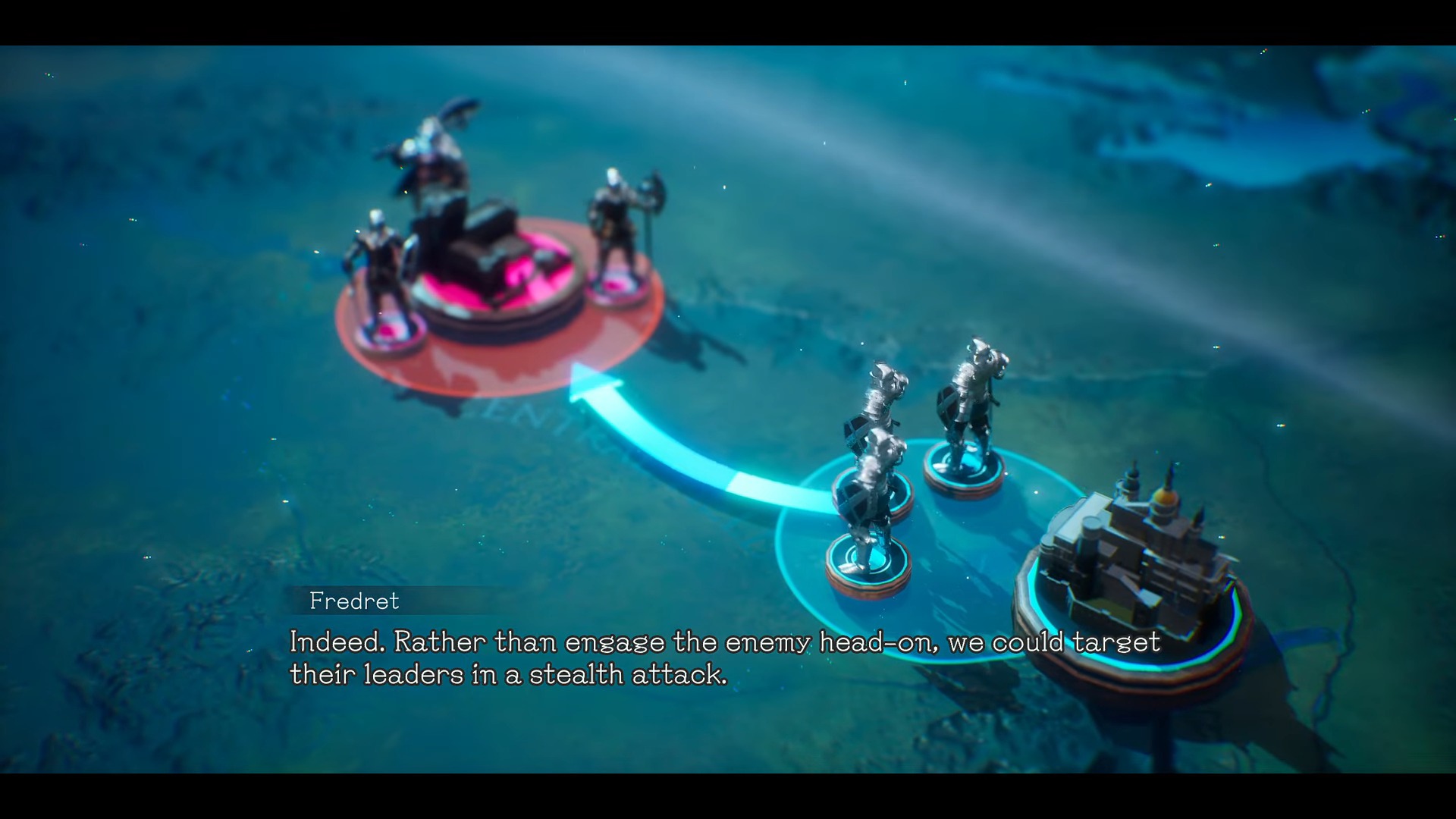
The DioField Chronicle is going to be a polarising game because while it does make use of a number of really solid ideas, it has little to no unique aspects to speak of. The core combat is really fun, and the slew of abilities, summons, and tactics you can utilize give a much-needed depth to your battles. The maps where encounters take place are also really beautifully created in the style of dioramas, making you feel like a general overlooking a model battlefield.
But if you’re here for the story, then don’t hold your breath. None of the main characters are relatable or unique, and they act like they never really belong in a scene. There’s also a surprising lack of detail in everything from the character models to the interior of your HQ.
All in all, this is a solid RPG that should keep you occupied for a few weeks, after which you’ll probably never think about it again.
This has been our The DioField Chronicle Review. While you’re at it, be sure to check out some of our other articles.
- The Wandering Village Review
- Soulstice Review
- The Last Of Us Part 1 Review
- Metal: Hellsinger Review
- Disney Dreamlight Valley Review
Thanks! Do share your feedback with us. ⚡
How can we make this post better? Your help would be appreciated. ✍
The DioField Chronicle Review
Overall
-
Story And Setting
-
Gameplay
-
Visuals And Performance
Verdict
The DioField Chronicle is going to be a polarising game because while it does make use of a number of really solid ideas, it has little to no unique aspects to speak of.
Pros
- Great Core Combat.
- Selection Of Fun Skills And Summons.
- Mission Structure.
- Diorama-Style Arenas.
Cons
- Boring Story.
- Bland Characters.
- Lack Of Detail Outside Arenas.
